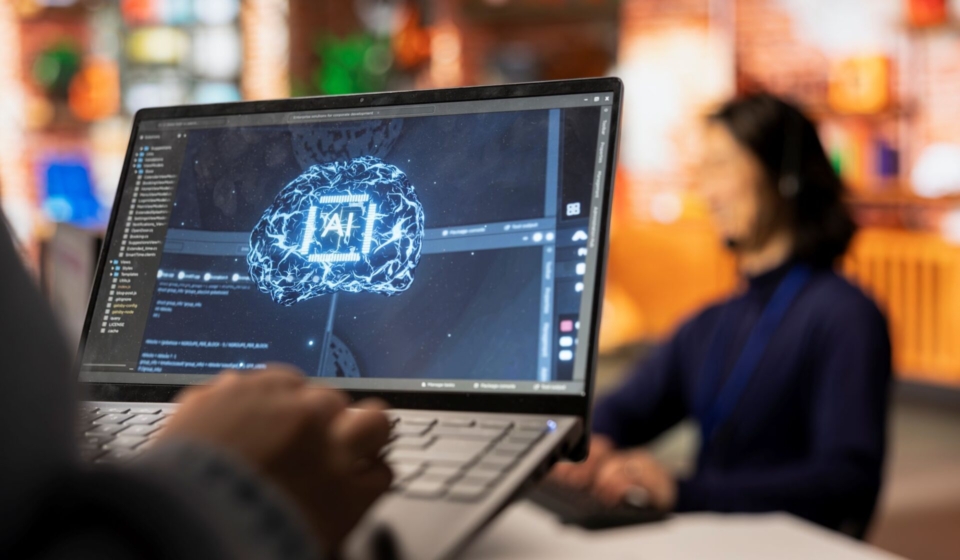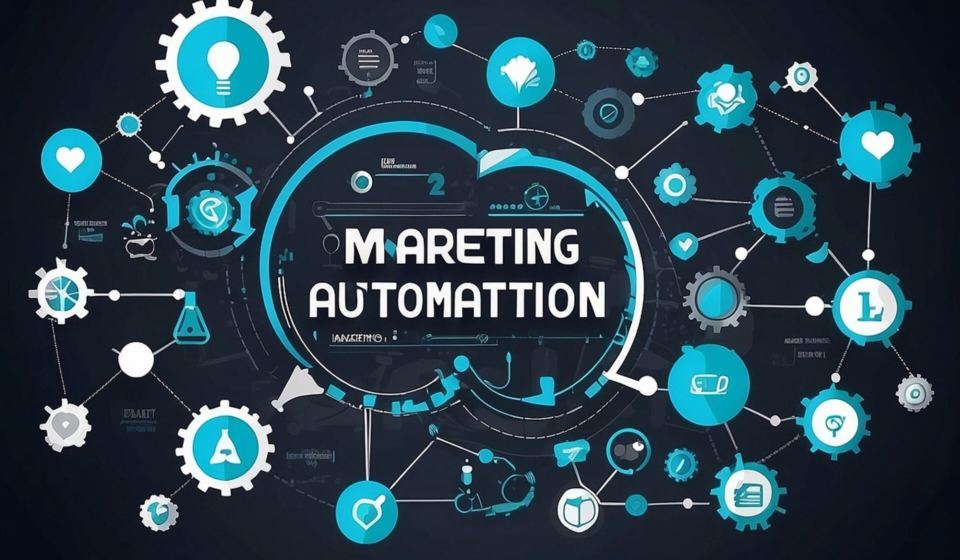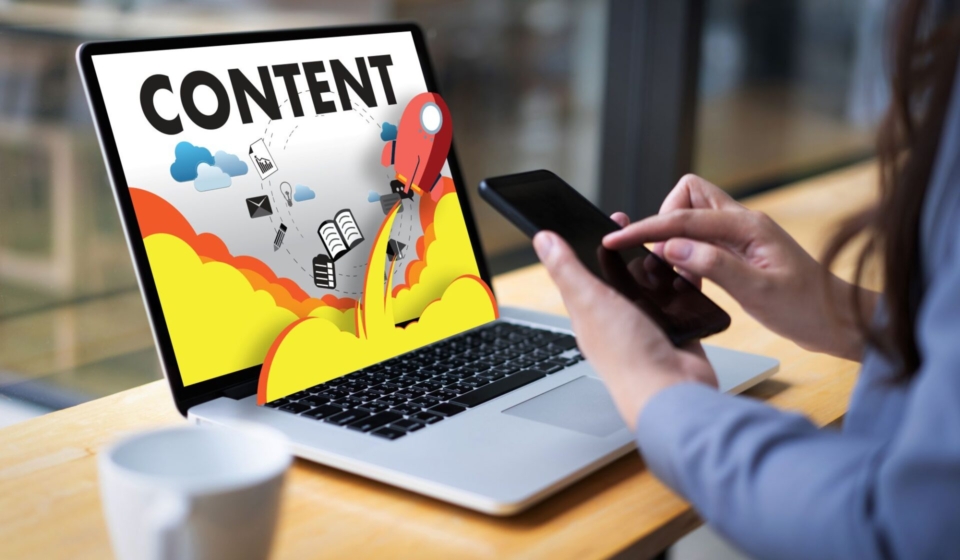The era of one-size-fits-all marketing funnels is over. 🚀
Today, the future is all about dynamic personalization powered by AI. Companies harnessing AI tools like Adobe Sensei and Salesforce Einstein are rewriting the rules of customer engagement.
Why does this shift matter?
– Drives decision-making with predictive analytics, allowing for seamless, real-time customer interactions.
– Elevates messaging beyond generic blasts, crafting communications that resonate deeply with individual preferences.
– Increases conversions by adapting content and timing to align perfectly with unique customer behaviors.
Imagine the power of transforming static journeys into adaptive experiences. A Harvard Business Review study reports a 40% uptick in customer satisfaction for businesses leveraging AI personalization. This isn’t just a competitive edge—it’s a customer revolution.
What can you do to stay ahead?
– Embrace AI-powered tools to redefine customer relationship management.
– Progress into roles specializing in AI-enhanced behavioral segmentation.
– Pioneer strategies in experience optimization that set your brand apart.
How is your organization adapting to this seismic shift? What opportunities have you found in the evolving landscape of personalized marketing? Share your experiences and let’s spark a conversation on crafting the future of customer interaction.




















